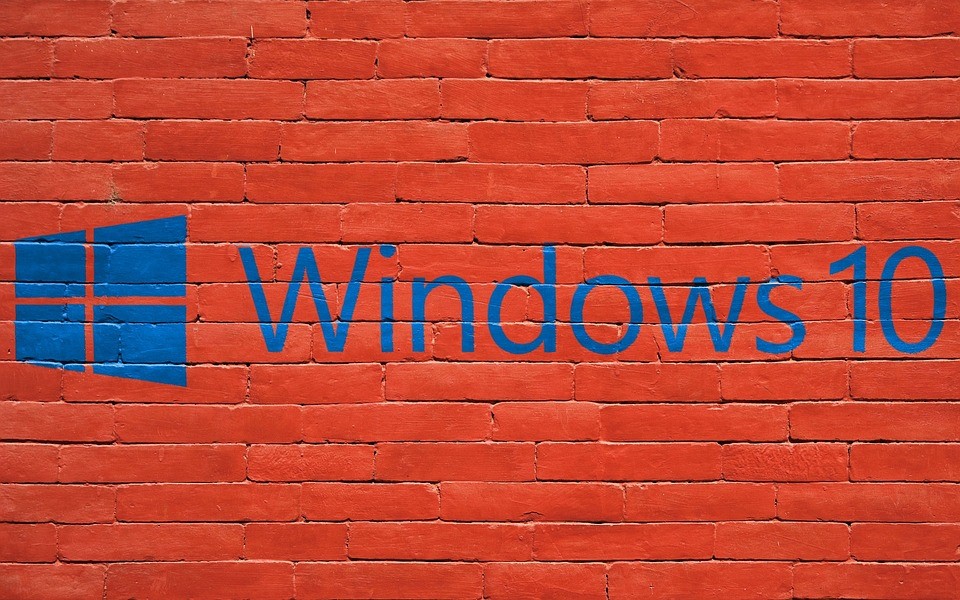
By Heather Hamilton, contributing writer
While many users like Windows 10, the most recent Microsoft operating system can be perceived as invasive. Set to a default that allows much of your private data to be sent directly to the company, Windows 10 allows Microsoft to profile your Windows usage.
Microsoft’s privacy policy has been moved to the end-user license agreement, which means that it applies to everything done on your computer and not just what happens online. The policy says, “Finally, we will access, disclose, and preserve personal data, including your content (such as the content of your emails, other private communications or files in private folders), when we have a good-faith belief that doing so is necessary.”
According to Slate, the broadness of that language has initiated wild conspiracy theories, though they maintain that it is likely just sloppy and vague. Slate expects that Microsoft will eventually share how and why your data is being shared, though it will probably remain that way.
Of course, there are ways to protect your data and your privacy, even against Microsoft:
Use custom install
Express install is the default, but they’ll result in you sharing the absolute max amount of information. By using custom install, you’ll reach a set of toggles that allow you to opt out of sharing much of your data with Microsoft. When you reach the second set of toggles, Slate says, it gets trickier. Automatic connection to open hotspots means that your computer connects to networks on its own. Disable these two things. You can also disable automatic error and diagnostic reports, which can potentially send sensitive information to Microsoft, depending on what you were doing when the error occurred.
Turn off Cortana
Computer World recommends getting rid of Cortana, the digital assistant. If you find it useful, you can disable certain parts of it to protect some of your privacy. By clicking in the Cortana search box in the lower corner of the screen, click the notebook icon, Settings, and then Off. This prevents additional information-gathering, but some information will still be stored in the cloud, but that can be deleted by clicking in the Cortana search box, Settings, and then Manage what Cortana knows about me in the cloud.
Disconnect your Microsoft account
Lifehacker recommends disconnecting your Microsoft account, which, since Windows 8, has allowed you to log into Windows. While it offers two-factor authentication, it also tells Microsoft when you log into your computer.
To disable it, choose to use a local account when you first set up your machine. Otherwise, go to the Start Menu, search for ‘Account.’ and then ‘Manage your account.’ Click ‘Sign in’ with a local account instead, create a username and password, log out, and then log in again with your new credentials. Then look under ‘Other accounts you use’ and remove your Microsoft account.
Secret settings
Slate points out that when you install Windows 10 and elect to turn off “Send error and diagnostic information,” you are only turning it down from full reports to “Enhanced.” Instead, they recommend that you go to the Start menu, select Settings, Privacy, and Feedback and Diagnostics. Selecting Basic will limit the amount of data collected. Keep going through the privacy sections in here for customizable (though time-consuming) control of what you share.
Don’t let Microsoft steal bandwidth
Slate points out that Microsoft turns your computer into a peer-to-peer node to help distribute updates for Windows 10, which saves them bandwidth costs on their server. To turn this off, go to Settings, Update & Security, Advanced options, and Choose how updates are delivered. Here, you can turn off peer-to-peer distribution and protect yourself.
Sources: Microsoft,Slate,Computer World,Lifehacker
Image Source: Pixabay
Advertisement
Learn more about Electronic Products Magazine





